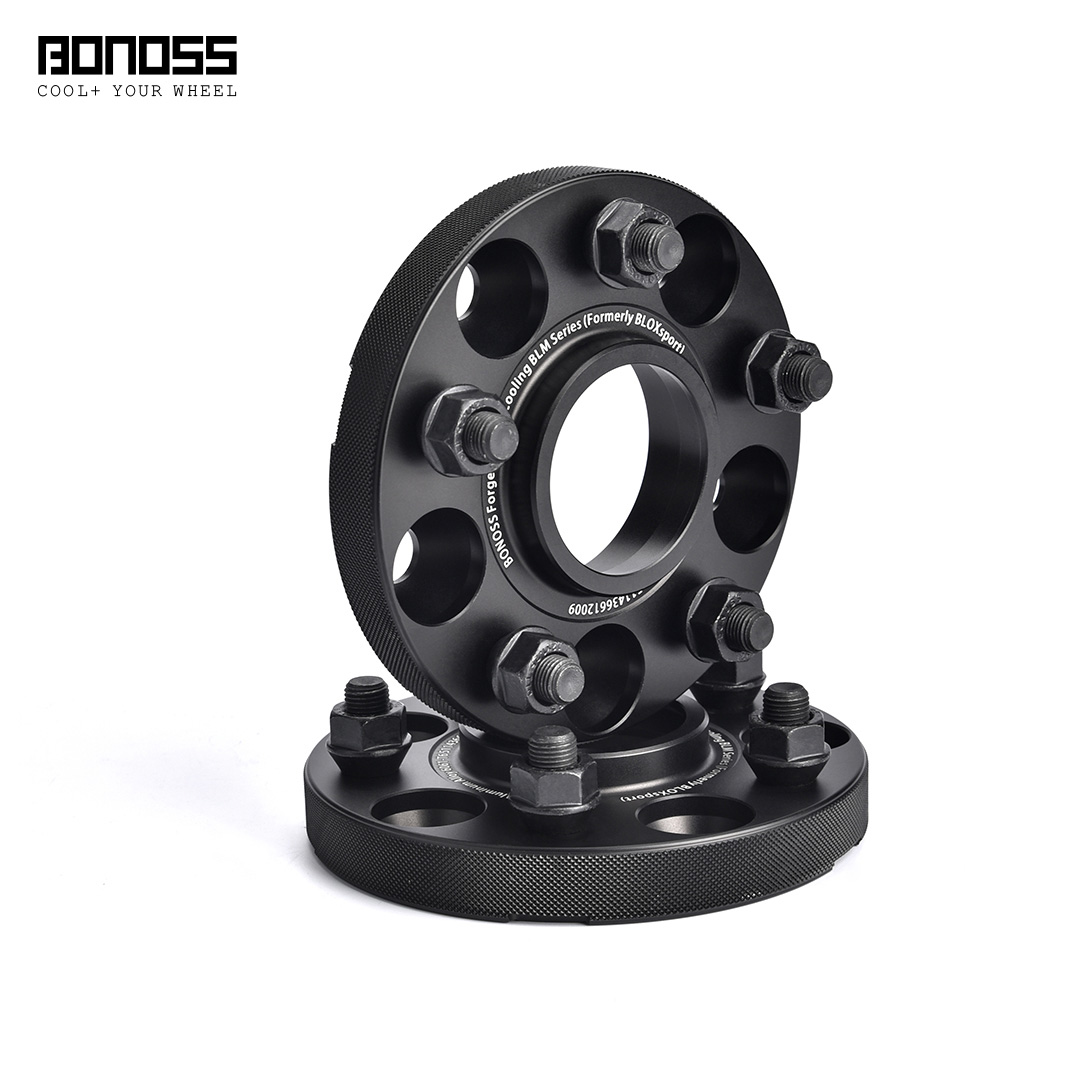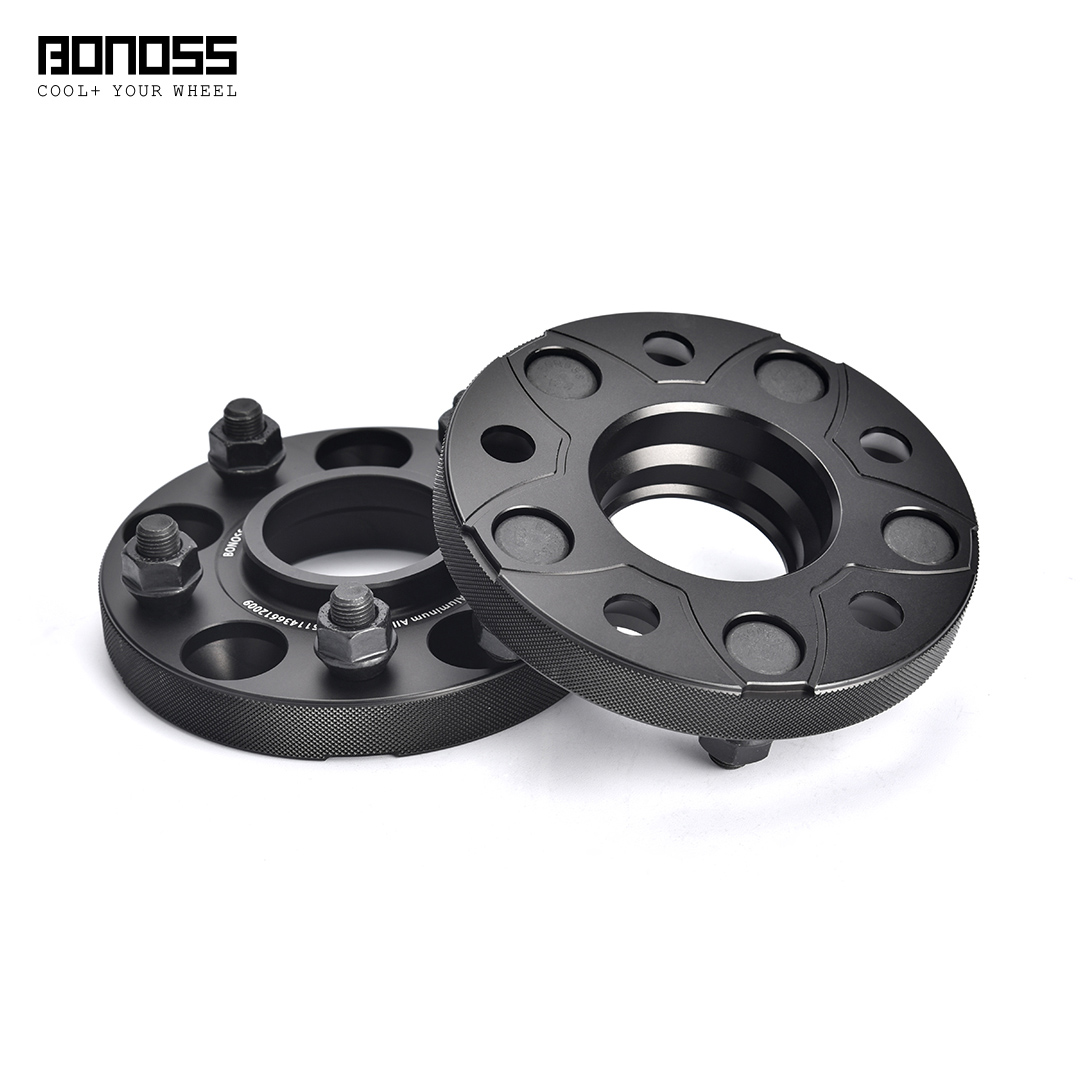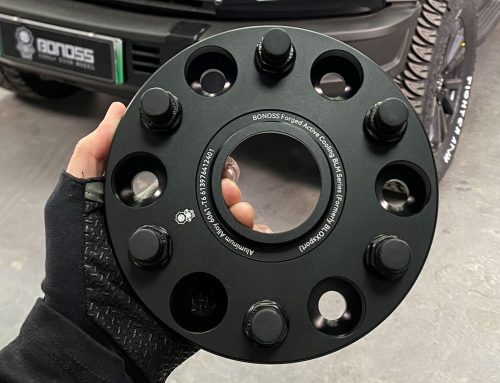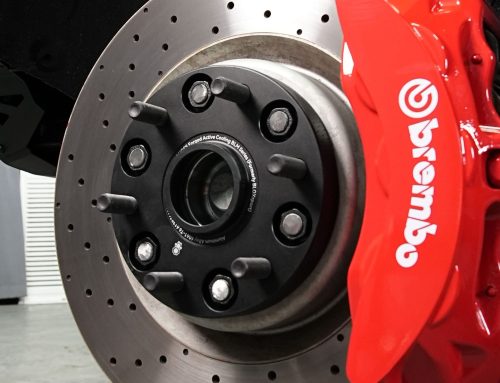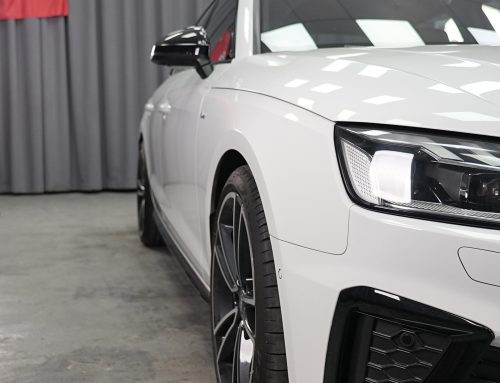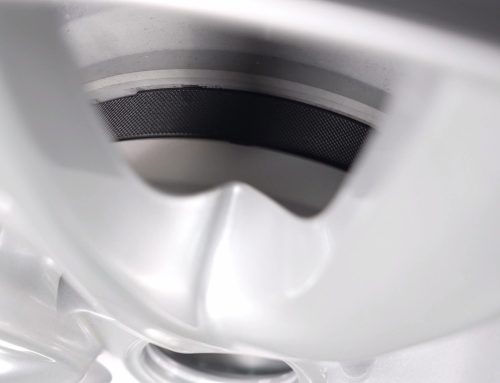If you get 5-10mm Mazda 3 spacers installed, yes, you need longer wheel studs to properly secure the wheels. Tire engineers explain that only if the bolt thread is long enough can the bolts provide proper clamping force to keep wheel spacers and wheels balanced. The general rule of thumb is that the thread length must be equal to or greater than the diameter of the bolt itself. Giving an example, an M12 wheel stud would need at least 12mm threads to ensure a safe engagement.
Simply, 10mm Mazda3 spacers occupy about 10mm stud thread which stops the OEM wheel nuts from engaging the full thread. For instance, if the OE wheel stud length is 25mm and you get a 10mm wheel spacer installed, it’s probably best to order 35mm studs right away (stock stud length + spacer thickness = required wheel stud length). Since the mounting plate of an aftermarket wheel can be thicker, you may need new Mazda wheel studs a little longer than those.
What Types of Mazda 3 Spacers Are Safe?
Generally, forged Mazda 3 wheel spacers are stronger than cast ones. In contrast to casting, a forged wheel spacer begins as a solid piece of metal referred to as a “billet.” The forging process makes these wheel spacers more durable and more resistant to corrosion and oxidation. Additionally, the spacer’s structural integrity is not compromised. All in all, forged aluminum alloy Mazda 3 spacers are much safer and better than casting ones. BONOSS always focuses on safety and quality.
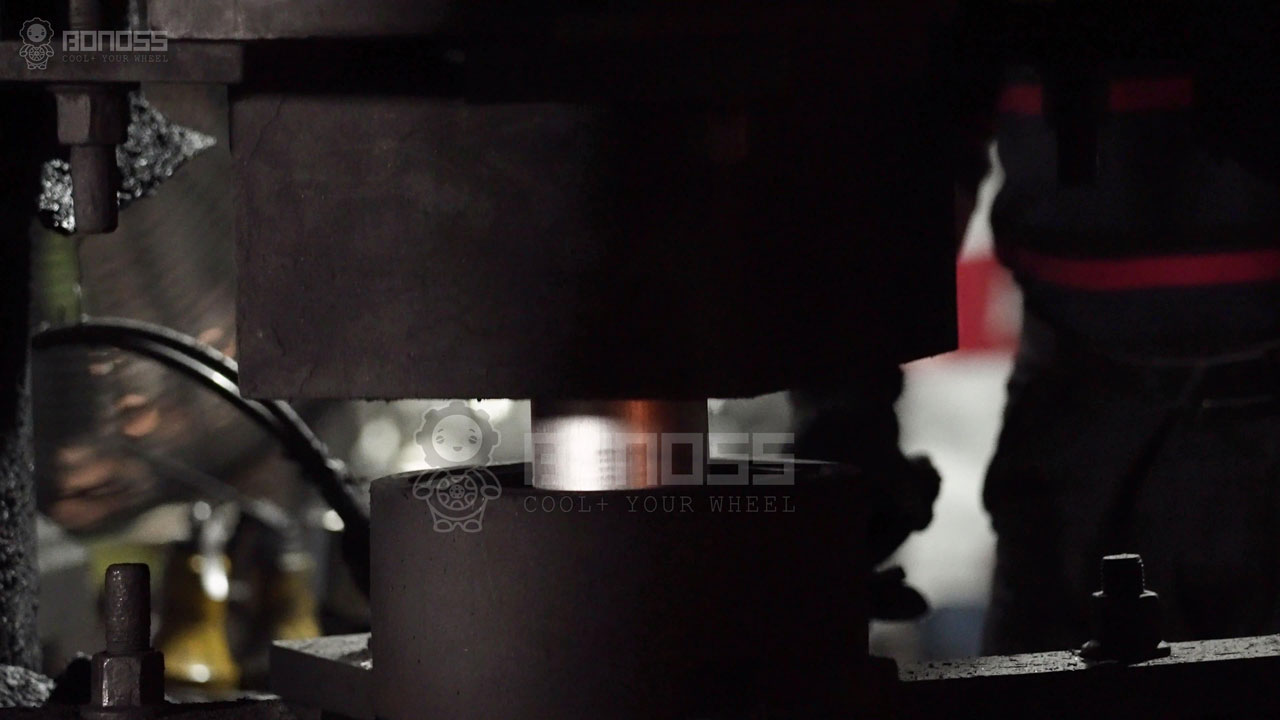
These BONOSS forged active cooling Mazda 3 wheel spacers are made of high-grade forged 6061-T6 or 7075-T6 billet aluminum alloy. After the forged process, the structural strength, toughness, and corrosion resistance are improved greatly. The tensile strength of these BONOSS forged active cooling wheel spacers is up to 572 MPa, and yield strength is up to 503 MPa (AL7075-T6). This means these BONOSS forged active cooling Mazda 3 spacers provide stronger impact resistance, less fatigue strength, longer service life range, and stronger corrosion resistance.
Will Mazda 3 Spacers Cause Uneven Tire Wear?
As many customers claim: installing Mazda 3 spacers correctly won’t wear out tires. Tire rubbing will happen if the wheel offset does not match. With the help of wheel spacers, you can push the wheels and tires out a few distances. This is effective in avoiding any wired tire wear. Simply, the wheel lugs are among the most important parts that secure the Mazda 3 spacers. High-strength wheel studs and nuts ensure a strong wheel-spacer-hub connection.
The provided wheel studs are made of high-strength forged SCM440 alloy steel. They have achieved ISO standard grade 12.9, tensile strength≥ 1,220 MPa, ultimate tensile load ≥ 152,000 N, hardness (HV) ≥ 395, and NSS ≥ 500H. The provided lug nuts are ISO grade 10. The higher number means the higher the tensile strength of the lug nut. The minimum proof load of grade 10 lug nuts is 1,100 MPa. With such high-strength hardware, your Mazda 3 wheel spacers can bear more force without breaking.

